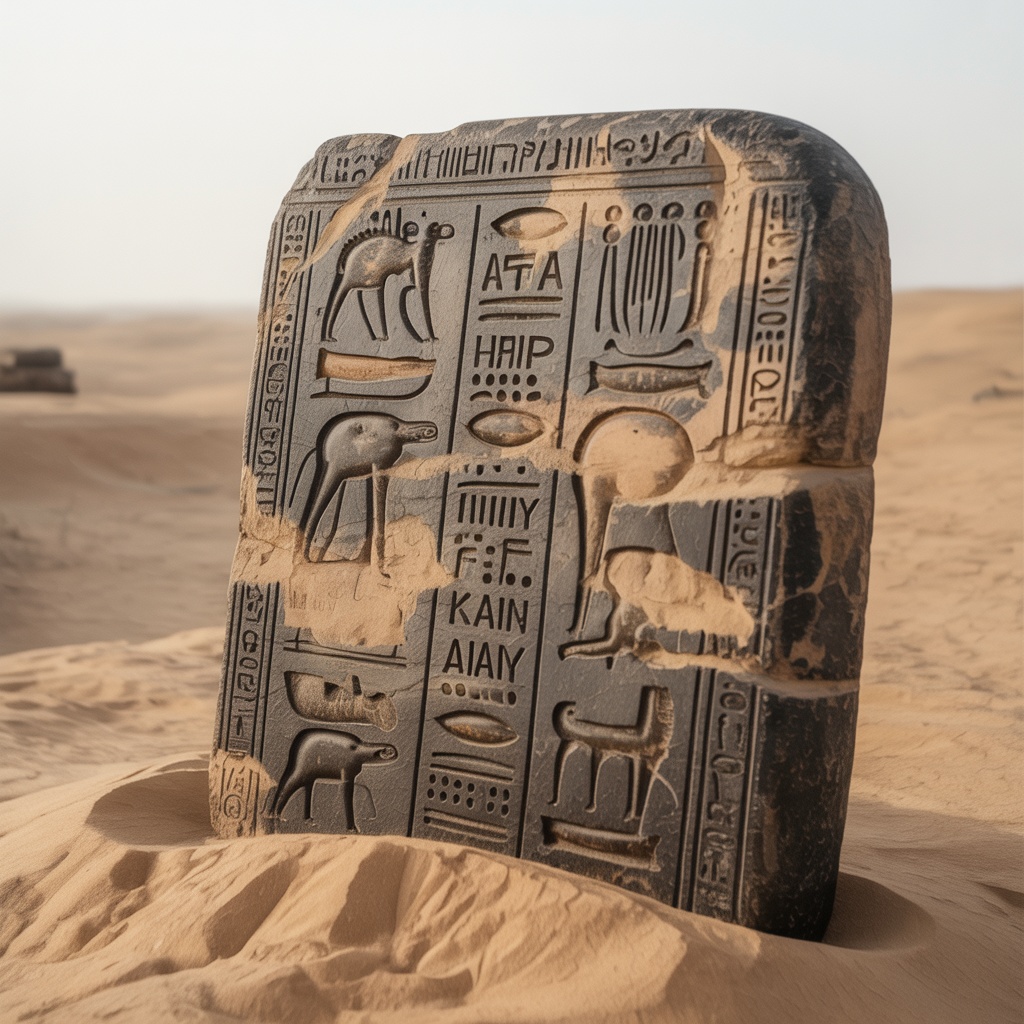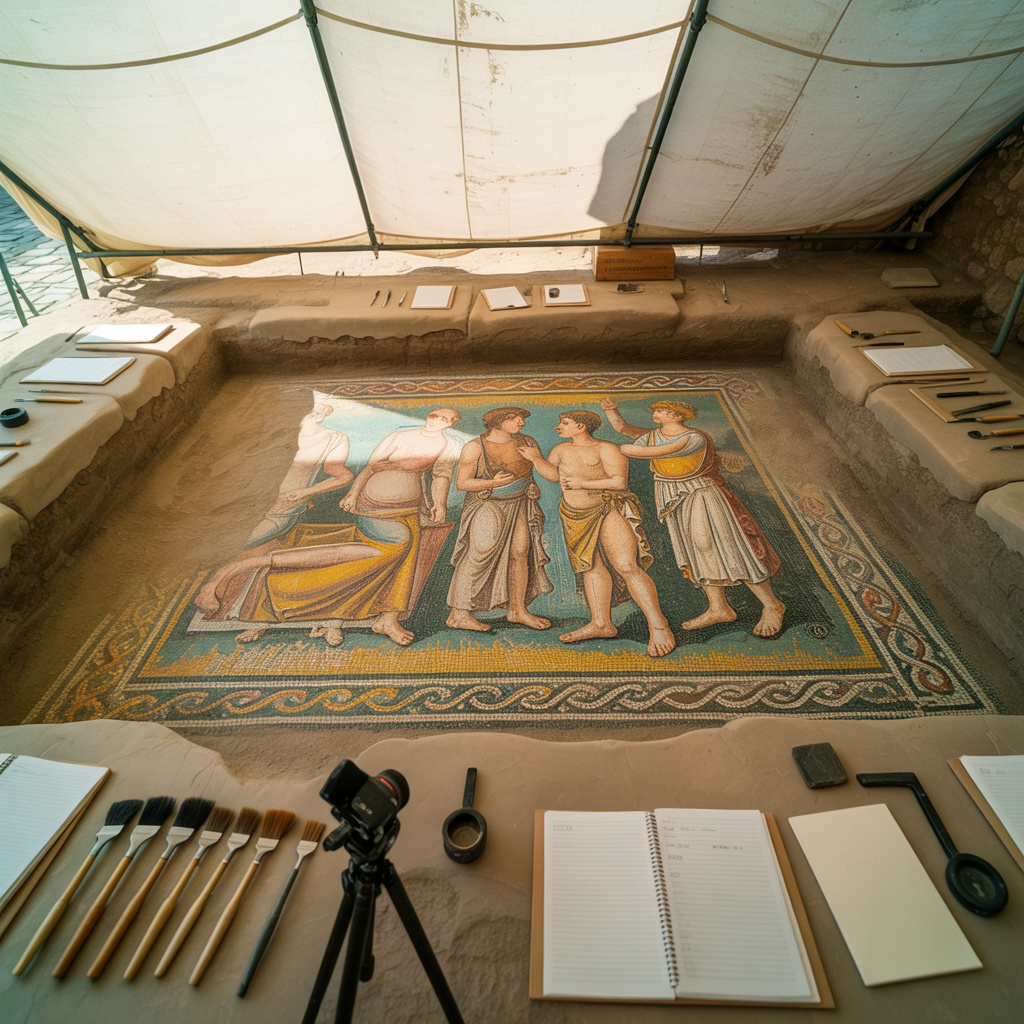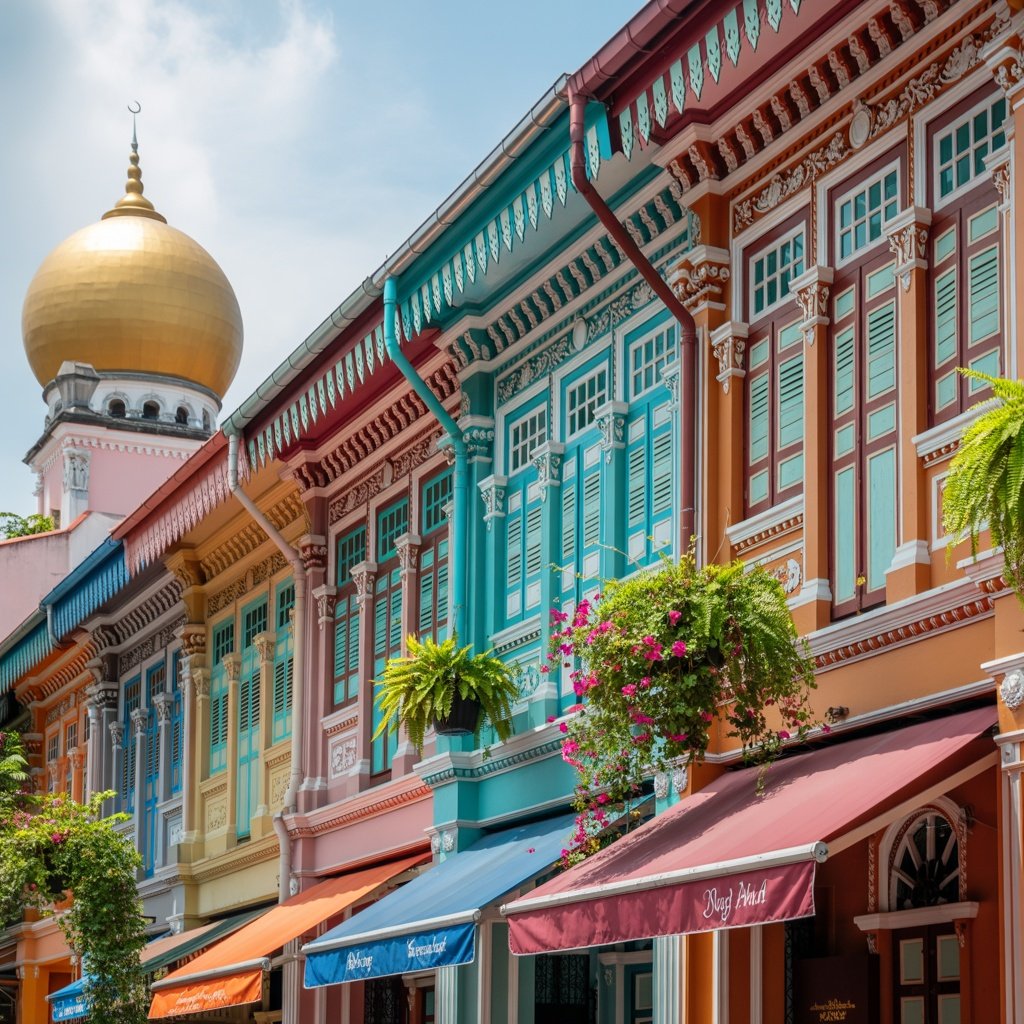The Arab Quarter, centred on Arab Street and the vibrant Haji Lane, constitutes one of Singapore's most culturally significant heritage districts, preserving over 200 years of Islamic and Malay architectural traditions, commercial practices, and community life. Anchored by the majestic Sultan Mosque with its golden dome, this compact neighbourhood offers visitors an immersive experience of Singapore's multicultural heritage, demonstrating how historic preservation can coexist with contemporary urban development and creative commerce.
As cultural heritage tourism specialists with extensive experience organising heritage district explorations across Asia, we recognise the Arab Quarter as exceptional for its architectural preservation, living Islamic culture, and successful adaptation to contemporary tourism whilst maintaining authentic community character. This comprehensive guide explores the district's history, architectural features, cultural attractions, heritage conservation efforts, and practical visiting information for travellers seeking authentic engagement with Singapore's Islamic heritage.
Historical Origins: The Raffles Town Plan and Arab Settlement
The Arab Quarter's origins trace directly to Singapore's founding as a British colonial trading port in 1819 by Sir Stamford Raffles. Understanding the district requires appreciating the deliberate urban planning that created Singapore's ethnic enclaves, which continue shaping the city's spatial organisation two centuries later.
The 1822 Raffles Town Plan
In 1822, Raffles implemented an urban plan dividing Singapore into distinct ethnic and functional zones—a strategy combining practical administration with the colonial era's ethnic classification systems. The plan designated specific areas for Europeans, Chinese, Indians, and Malays/Arabs, creating the ethnic enclaves that evolved into contemporary heritage districts including Chinatown, Little India, and the Arab Quarter.
The area around present-day Arab Street was allocated to Sultan Hussein Shah (the Malay ruler who signed the treaty allowing British establishment in Singapore) and to Arab traders who played crucial roles in regional maritime trade networks. This allocation recognised both the Sultan's traditional authority and the economic importance of Arab merchants in connecting Singapore to trade routes spanning the Indian Ocean, Red Sea, and beyond.
Arab and Malay Migration Patterns
The designation of this area as the Sultan's residential zone and Arab commercial district attracted migrants from the Hadhramaut region of Yemen, the Arabian Peninsula more broadly, and various parts of the Malay Archipelago. These communities brought diverse cultural traditions, architectural styles, and commercial expertise, creating a cosmopolitan Islamic neighbourhood distinct from Malay kampongs (villages) elsewhere in Singapore.
Hadhrami Arab traders, particularly prominent in the 19th and early 20th centuries, established businesses dealing in textiles, spices, coffee, perfumes, and other goods traded across Indian Ocean networks. Many of these families became wealthy merchants whose descendants remain influential in Singapore society. Their commercial success funded the construction of substantial buildings including shophouses, mosques, and residential compounds that form the district's architectural heritage.
Architectural Heritage: Shophouses and Traditional Styles

The Arab Quarter's architectural significance lies in its concentration of well-preserved shophouses representing various styles from the 19th and early 20th centuries. These buildings demonstrate the evolution of Singapore's distinctive shophouse typology—two or three-storey structures combining commercial ground floors with residential upper levels—adapted to tropical climate and multicultural influences.
Early Style Shophouses (1840s-1900s)
The oldest surviving shophouses in the Arab Quarter date to the mid-19th century and display simple, utilitarian designs: plain facades, minimal ornamentation, timber-shuttered windows, and clay tile roofs. These early structures prioritised function over decoration, reflecting the commercial pragmatism of their merchant owners whilst incorporating ventilation features essential in tropical climates.
Architectural elements addressing climate include high ceilings allowing hot air to rise, timber louvred windows enabling airflow whilst providing privacy, covered "five-foot ways" (colonnaded walkways) offering pedestrian shelter from sun and rain, and internal courtyards (in larger buildings) facilitating ventilation and admitting light to interior rooms.
Late Shophouse Styles (1900-1940s)
As Arab merchants' wealth increased in the late 19th and early 20th centuries, shophouse architecture became more elaborate. This period introduced decorative features including ornate plasterwork, coloured ceramic tiles, carved wooden details, and eclectic stylistic borrowings from European, Chinese, Malay, and Islamic architectural traditions—creating Singapore's distinctive hybrid architectural vernacular.
Particularly notable are buildings combining European classical motifs (columns, pediments, cornices) with Chinese decorative elements (carved timber panels, ceramic tiles) and Islamic geometric patterns, creating uniquely Singaporean aesthetic expressions that transcend any single cultural tradition. This architectural hybridity materially represents Singapore's multicultural character and history of cultural exchange.
Islamic Architectural Elements
Certain Arab Quarter buildings incorporate distinctively Islamic architectural features: geometric tile patterns based on Islamic artistic principles, calligraphic inscriptions (often Quranic verses or property owners' names in Arabic script), pointed arches and keyhole-shaped doorways referencing Islamic architectural traditions, and interior courtyards reflecting Middle Eastern residential designs emphasising private family spaces separated from public commerce.
Sultan Mosque: Architectural and Religious Centrepiece
The Sultan Mosque (Masjid Sultan) dominates the Arab Quarter skyline with its golden dome and minarets, serving as both architectural landmark and active religious centre for Singapore's Muslim community. Understanding the mosque's history and significance is essential for appreciating the broader district.
Historical Development
The original mosque was built in 1824-1826 on land allocated to Sultan Hussein Shah, serving the religious needs of Malay and Arab Muslims settling in the area. This modest structure was replaced in 1928 by the current building, designed by colonial architect Denis Santry with contributions from Swan and Maclaren architectural firm, blending Islamic architectural elements with colonial-era construction techniques.
The mosque's construction demonstrates the growing prosperity and organisation of Singapore's Muslim community in the early 20th century. Funding came from donations across the Muslim community—a fundraising campaign that collected contributions from wealthy Arab merchants, Malay community members, Indian Muslim traders, and even non-Muslims recognising the mosque's cultural importance. This broad financial support reflected the mosque's role serving all of Singapore's Muslims regardless of ethnic background.
Architectural Features
The Sultan Mosque exemplifies the Indo-Saracenic architectural style popular in British colonial contexts, combining Islamic design elements with structural approaches derived from European and Indian precedents. The most recognisable feature is the large golden dome, actually composed of glass bottle bases contributed by poor Muslims during the 1920s fundraising campaign—a poignant detail demonstrating community participation across economic classes.
The prayer hall accommodates up to 5,000 worshippers, making it one of Singapore's largest mosques. Interior decoration follows Islamic artistic principles: geometric patterns, calligraphic inscriptions, and floral motifs (figurative representation of humans or animals being discouraged in mosque decoration). The architectural orientation aligns the mihrab (prayer niche) towards Mecca, with worshippers facing this direction during salah (Islamic prayer).
Religious and Community Functions
Sultan Mosque functions as an active religious institution conducting five daily prayers, Friday congregational prayers (Jumu'ah), and special services during Islamic holy periods including Ramadan, Eid al-Fitr, and Eid al-Adha. Beyond worship, the mosque provides religious education, community services, and interfaith activities, serving as a bridge between Singapore's Muslim community and broader society.
Non-Muslim visitors are welcome outside prayer times, with modest dress required (clothing provided for those arriving inappropriately dressed). Guided tours and interpretive materials explain Islamic beliefs, worship practices, and the mosque's historical significance, facilitating respectful cultural exchange and promoting understanding of Islamic traditions.
Haji Lane: From Quiet Back Lane to Creative Hub

Haji Lane, a narrow back street running parallel to Arab Street, has transformed dramatically over the past two decades from a quiet residential lane of modest shophouses into one of Singapore's trendiest destinations, demonstrating both the opportunities and challenges of heritage district revitalisation.
Historical Character
Historically, Haji Lane consisted of simple shophouses housing working-class families and small businesses serving local community needs: provision shops, tailors, small restaurants, and craftsmen. The lane's name references the Muslim pilgrimage (hajj) to Mecca—"Haji" being the title given to those who have completed the pilgrimage—reflecting the area's Islamic character.
Through much of the 20th century, Haji Lane remained relatively unchanged and economically marginal as Singapore's economy modernised and population moved to public housing estates. By the 1990s, many shophouses stood vacant or underutilised, facing potential demolition as the area seemed economically unviable for preservation.
Creative Transformation
Beginning in the early 2000s, Haji Lane began attracting independent boutiques, cafes, bars, and creative businesses drawn by low rents, atmospheric historic buildings, and the lane's intimate scale. Shophouse exteriors were painted in bright colours and decorated with street art and murals, creating a visually striking environment photographically appealing to tourists and locals alike.
This transformation saved the lane from demolition by demonstrating economic viability through adaptive reuse. However, it also sparked debates about gentrification, authenticity, and appropriate heritage conservation approaches. Critics argue that Haji Lane's current character—dominated by boutiques selling mass-produced goods, chain cafes, and tourist-focused businesses—has displaced authentic community uses and created a sanitised, commercialised version of heritage divorced from genuine historical continuity.
Supporters counter that adaptive reuse represents the only economically sustainable preservation approach in expensive Singapore, that creative commerce attracts visitors who generate economic benefits for the broader district, and that living heritage districts must evolve rather than becoming museum-like preservations of static past conditions.
Traditional Trades and Contemporary Commerce
Alongside tourist-focused businesses, the Arab Quarter maintains some traditional trades connecting to its historical commercial character, particularly in textile and fabric commerce.
Textile and Fabric Shops
Arab Street remains Singapore's primary destination for purchasing textiles, fabrics, and related goods. Numerous shops offer materials ranging from practical cotton and polyester to luxurious silk and batik, serving customers including home sewers, professional tailors, interior designers, and tourists seeking traditional fabrics as souvenirs.
These textile businesses continue commercial traditions dating to the 19th century when Arab merchants imported textiles from India, the Middle East, and Europe for distribution throughout Southeast Asia. Walking along Arab Street, observing shop interiors filled floor-to-ceiling with colourful fabric bolts, provides tangible connection to historical trading patterns that built the district's prosperity.
Perfume and Incense Merchants
Traditional perfume shops sell Arabic-style attars (concentrated perfume oils), oudh (agarwood incense valued in Middle Eastern and Islamic traditions), and frankincense and myrrh, maintaining trade connections between Southeast Asia and the Arabian Peninsula. These shops often function as much as cultural education centres as commercial operations, with knowledgeable proprietors explaining different fragrances' origins, properties, and traditional uses.
Carpet and Prayer Mat Sellers
Shops specialising in carpets, prayer mats, and Islamic religious items serve both local Muslim communities and tourists. These businesses import goods from Turkey, Iran, and other Islamic countries, maintaining trade networks that have connected Singapore to the broader Islamic world for two centuries.
Heritage Conservation and Urban Planning Challenges

The Arab Quarter's preservation demonstrates both successes and ongoing challenges in heritage conservation within a rapidly developing city where land values create constant pressure for redevelopment.
Conservation Area Designation
In 1989, the Singapore Urban Redevelopment Authority designated the Arab Quarter as a conservation area, providing regulatory protection for historic buildings and establishing guidelines for appropriate renovation and adaptive reuse. This designation recognised the district's architectural and cultural significance whilst acknowledging that preservation requires enabling economically viable contemporary uses.
Conservation guidelines specify acceptable modifications: facades must be preserved maintaining original architectural character, new construction must harmonise with historic context, inappropriate alterations (including certain modern materials and designs) are prohibited, and renovations must follow conservation principles established by heritage professionals.
Balancing Preservation and Development
Singapore's heritage conservation approach pragmatically balances preservation with economic development, accepting that heritage buildings must generate financial returns for owners to justify preservation costs. This approach has successfully preserved significant architectural heritage but generates ongoing debates about authenticity, appropriate uses, and whose heritage gets prioritised in conservation decisions.
The Arab Quarter illustrates these tensions: successful preservation of physical structures but significant transformation of social character and economic functions. The district serves primarily tourists and weekend visitors rather than functioning as a predominantly residential neighbourhood as historically. Traditional community businesses face displacement by higher-rent commercial operations catering to tourist markets.
Community Engagement and Cultural Authenticity
Heritage conservation increasingly emphasises maintaining not just physical structures but also intangible cultural heritage—traditional practices, community networks, and authentic cultural expressions. In the Arab Quarter, this means supporting traditional businesses, maintaining active mosque communities, facilitating cultural events, and ensuring that Muslim and Malay communities remain connected to a district historically serving their ancestors.
Organisations including the Malay Heritage Centre (located within the district) work to preserve and interpret Malay and Islamic cultural heritage, providing educational programmes, exhibitions, and cultural events that maintain community connections to the area beyond its commercial tourism functions.
Visiting the Arab Quarter: Practical Guide
Location and Access
The Arab Quarter is located northeast of Singapore's Colonial District, bounded approximately by Rochor Canal Road, Jalan Sultan, Beach Road, and Victoria Street. Bugis MRT station (East-West Line and Downtown Line) provides convenient access, approximately 5-7 minutes' walk to Arab Street. Numerous bus routes stop near the district. The compact area is easily explored on foot, with major attractions within a few hundred metres of each other.
Recommended Walking Route
An efficient exploration route begins at Sultan Mosque, spending time appreciating its architecture and learning about Islamic worship practices (if visiting outside prayer times). Walk along Arab Street observing shophouses and traditional businesses, then turn into Haji Lane experiencing its creative transformation and street art. Continue to Bussorah Street (pedestrianised street leading to Sultan Mosque) with restaurants and cafes. Visit the Malay Heritage Centre to understand broader historical context. Allow 2-3 hours for comprehensive exploration, longer if including museum visits or extended shopping/dining.
Best Times to Visit
The district is accessible year-round. Weekday visits (Tuesday-Thursday) offer quieter experiences with less crowding. Weekend afternoons and evenings draw large crowds, particularly to Haji Lane. Evening visits (after 6:00 PM) provide atmospheric lighting and vibrant street life, though some shops close by 8:00 PM. Avoid visiting during Friday midday prayers (approximately 12:00-2:30 PM) when mosque access is restricted and surrounding streets become congested.
Cultural Sensitivity and Appropriate Behaviour
Whilst the Arab Quarter functions partly as a tourist district, it remains a neighbourhood with religious significance and active community life. Dress modestly when visiting the mosque (covered shoulders and legs; headscarves for women entering prayer areas). Show respect for worshippers and religious practices. When photographing, avoid intrusive images of individuals without permission. Support traditional businesses alongside trendy establishments, recognising that authentic heritage preservation requires maintaining community economic viability.
Guided Tours and Heritage Education
Our cultural heritage tourism services arrange expert-guided Arab Quarter tours providing historical context, architectural interpretation, and cultural insights unavailable to independent visitors. Our guides facilitate mosque visits with appropriate protocols, arrange meetings with traditional merchants who explain their trades, and connect architectural features to broader patterns of Singapore's multicultural heritage development.
Connecting to Singapore's Broader Heritage Landscape
The Arab Quarter functions as one component of Singapore's multi-ethnic heritage landscape. Comparing this district with other heritage areas enhances understanding of how Singapore's deliberate ethnic zoning created distinct cultural neighbourhoods that persist in modified forms today.
Little India and Chinatown
Visiting the Veeramakaliamman Temple in Little India or exploring Chinatown's heritage attractions allows comparative study of how different ethnic communities established themselves in Singapore, maintained cultural traditions, and adapted to contemporary urban conditions. Each district demonstrates unique architectural expressions, religious practices, and commercial specialisations whilst sharing common patterns of heritage conservation and tourist development.
Museums and Cultural Institutions
The Asian Civilisations Museum provides broader context for understanding Islamic art, Southeast Asian cultural exchanges, and maritime trade networks that connected Singapore to the wider Asian world. Museum collections include Islamic artifacts, textiles, and historical materials illuminating the cultural traditions preserved in living form within the Arab Quarter.
For visitors interested in comparative heritage preservation approaches, examining how Singapore's conservation strategies compare with heritage districts in other Asian cities provides valuable perspectives on different models for balancing preservation with development pressures in rapidly modernising urban environments.
